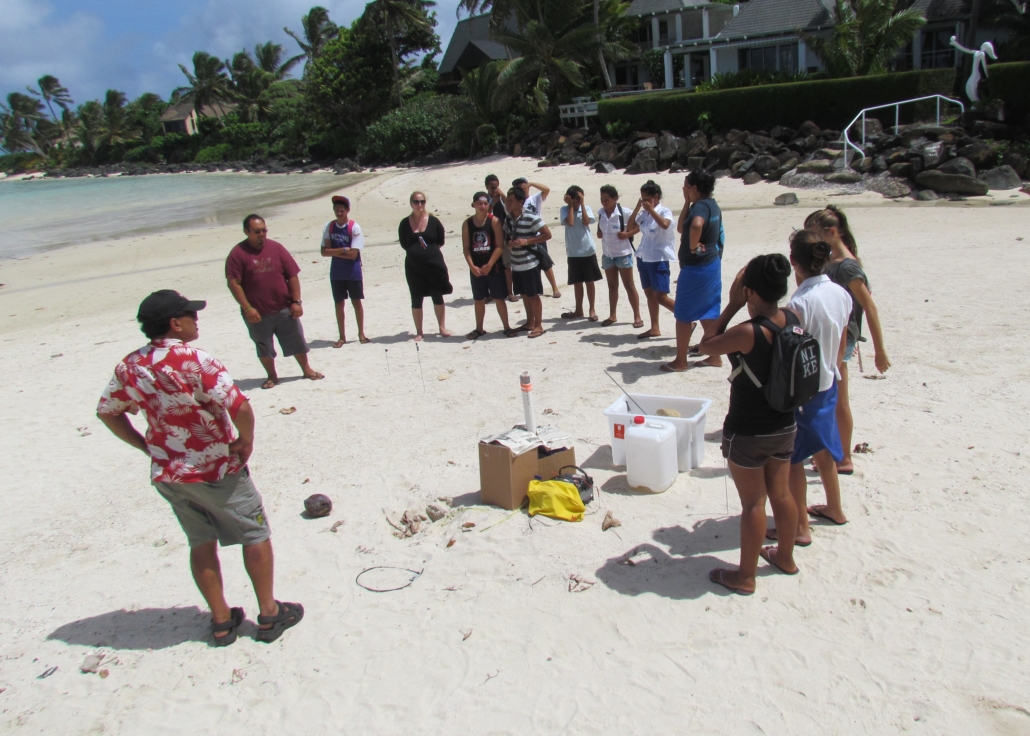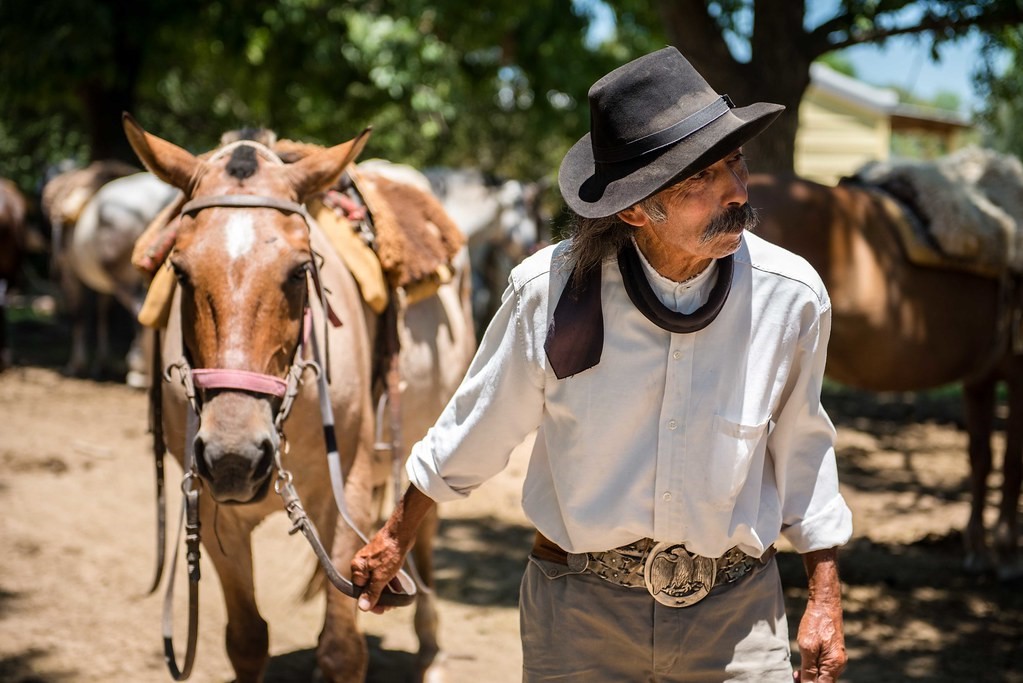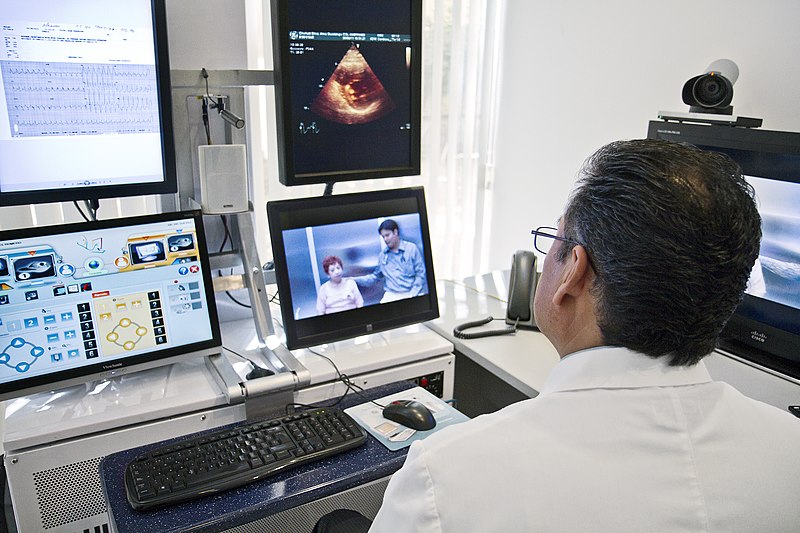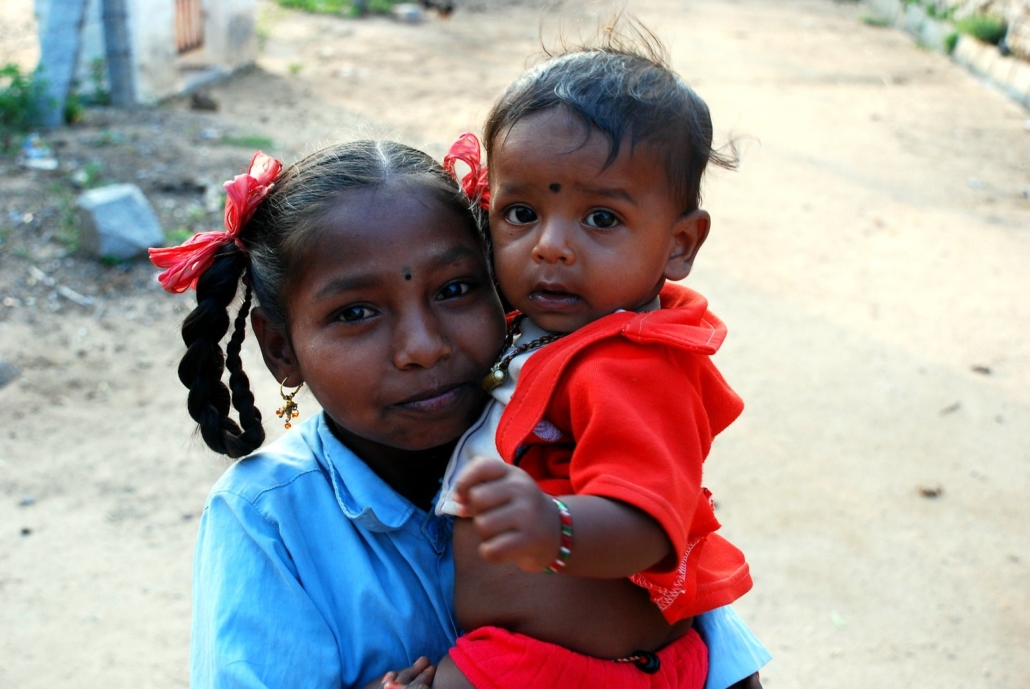
Since May 12, 2020, the Cook Islands in the South Pacific upheld a no-entry policy by the Ministry of Foreign Affairs and Immigration (MFAI) as a means of protecting the citizens from the then-novel Coronavirus. As a result of this implementation, the Cook Islands largely managed to evade the rapid worldwide spread of COVID-19. With a population of only 17,459 people, it was imperative to protect such a small percentage of the world’s population. Recently, the Cook Islands’ COVID-free streak has ended with its first potentially alarming COVID-19 case in nearly two years.
The First Official Case
On February 13, 2022, the Cook Islands received news of a COVID-19 infection from a visiting traveler. However, this is not the first time that there was COVID-19 in the Cook Islands. Someone returning to the Cook Islands in December 2021 tested positive. This did not pose much of a threat as the individual managed to quarantine without any other exposure. However, the infectiousness of COVID-19 is concerning to the Cook Islands. Prime Minister Mark Brown addressed the situation by stating that “It is likely that the person … was infectious while here and further likely that the virus is in our community.”
Issue of Silent Transmission
Since January 3, 2020, the Cook Islands has only had four COVID-19 cases with zero mortalities. As of February 19, 2022, the country administered 36,399 vaccine doses. Unlike previous iterations of the COVID-19 virus, the Omicron variant is about 2.7 to 3.7 times as infectious as the Delta variant. Given that the traveler did not test positive until returning to their home country, there was a large question of who was infected through their contact with the individual and who was not. As such, COVID-19 in the Cook Islands became all the more elusive and alarming.
Poverty in the Cook Islands
While the Cook Islands’ isolation proved to be relatively effective in curbing the spread of COVID-19 and in keeping its citizens safe, the nation was not without struggle. The Cook Islands greatly rely on tourism as its main channel of revenue and a rigid no visitors policy coupled with a worldwide shut down of travel caused poverty to become more of an issue for the nation’s population.
A 2020 Global Volunteers article stated that “30% of people in Rarotonga [the largest of the islands] live under the national poverty line.” As people lost their jobs, there was a struggle of relocation for those living in poverty. Select populations believed that the government wage subsidy of around 61 million NZD and other programs that include sending suites of credit initiatives to individuals or businesses wouldn’t be enough to support their families. This caused a lot of people in the Cook Islands to move to New Zealand to look for more suitable jobs.
An RNZ article profiled one man who is staying in the Cook Islands because of agricultural heritage. Tino Tatau’s plants “used to supply resorts, markets, weddings, and functions,” but the slowed revenue made this harder. Evidently, there is this conundrum of relocating or abandoning one’s home.
Even as the spread of COVID-19 slows, there is still a great incentive to boost the economic stability of the Cook Islands through stimulus packages and agencies similar to the Pacific Humanitarian Team providing health services to those who may not be able to access them. Established in 2008 by the Office for the Coordination of Humanitarian Affairs, the Pacific Humanitarian Team initiated the Humanitarian Response Plan to aid 14 Pacific countries. The Pacific Humanitarian Team emerged to grant an immediate health response and provide marginalized farmer households with food and access to certain medication in one instance.
Conclusion
As previously mentioned, the Cook Islands’ percentage of its vaccinated population is playing a significant role in the virus’ slow spread. A Washington Post article stated that “the nation’s Health Ministry [reports that] 98% of the population 12 and older has received at least a first vaccine dose, with 96% having received two doses and 67% getting a booster shot.” The nation will continue to follow a rigorous implementation of policies to curb the spread of COVID-19 in the Cook Islands, such as masking, and a push for booster shots and regular testing.
– Maia Nuñez
Photo: Wikimedia Commons







 Tajikistan is a Central Asian country landlocked between Afghanistan, Kyrgyzstan, China and Uzbekistan. It is among the most impoverished countries in the world, with
Tajikistan is a Central Asian country landlocked between Afghanistan, Kyrgyzstan, China and Uzbekistan. It is among the most impoverished countries in the world, with 
